In a recent move to crack down on smoking, Chancellor Jeremy Hunt announced a new tax on vapes, specifically targeting the liquids used in vaping devices.
This decision, set to take effect from October 2026, aims to make vaping less accessible to children, supporting the government’s vision for a “smoke-free” generation.
However, while the intentions behind this policy might be commendable, imposing taxes on e-liquids could lead to several negative impacts that warrant careful consideration.
Let’s address some of these concerns:
1. Increased Costs for Consumers
In his 2024 Spring Budget, Chancellor Jeremy Hunt announced the introduction of a new “excise duty” on vaping products, which will take effect in October 2026.
This is part of Prime Minister Rishi Sunak’s broader crackdown on vaping, aimed at curbing the rise in children becoming addicted to these products.
Specifically, the tax will be levied based on the nicotine content of e-liquids, with a 10ml bottle of nicotine-free liquid facing a £1 increase, while a bottle containing 11mg or more of nicotine will see a £3 price rise.
However, some health experts and MPs have stressed the importance of keeping vaping accessible to adults trying to quit smoking. Moreover, this new tax would inevitably raise the price of e-liquids, making them less accessible to current users.
This could discourage smokers from transitioning to vaping, a recognised harm reduction tool, thus potentially locking them into more harmful smoking habits.
2. Black Market Growth
One leading concern about imposing high taxes is the potential growth of a black market for e-liquids.
Consumers driven by the high costs of seeking cheaper alternatives might end up using unregulated and potentially dangerous products.
This poses health risks and undermines the safety standards established by regulatory bodies.
3. Harm to Small Businesses
The new levy could disproportionately affect small e-liquid manufacturers and retailers.
With the additional tax, these small businesses might struggle to compete, leading to closures and job losses in a budding industry that offers a less harmful alternative to traditional tobacco products.
Reduced spending on e-liquids due to increased costs could ripple through the economy, particularly affecting vape shops and related industries.
Again, this could tip the balance of harm, putting people off vaping as a healthier alternative to tobacco.
4. Stifling Innovation
Innovation is the backbone of harm reduction strategies in smoking.
Higher taxes may limit the resources available for research and development in the e-liquid industry, curbing the introduction of safer and more effective vaping products.
Vaping is an emerging industry – investment is required to stimulate research into increasingly safer e-liquids and devices.
5. Impact on Public Health Goals
For many, vaping has been a successful harm-reduction strategy to quit smoking.
According to NHS figures, “Smoking is one of the biggest causes of death and illness in the UK.”
A study by King’s College London, commissioned by the Office for Health Improvement and Disparities, found that vaping exposes users to fewer toxicants known to cause cancer, lung disease, and cardiovascular disease compared to traditional smoking.
Moreover, a Cochrane review of 78 studies with over 22,000 participants demonstrated that nicotine e-cigarettes are more effective than traditional nicotine replacement therapies (NRT), such as patches and gums, in helping smokers quit for at least six months.
Our View
The evidence is clear: any policy that might deter smokers from switching to a less harmful alternative could inadvertently undermine public health efforts to reduce smoking rates.
As we move towards a “smoke-free” generation, policies must reduce the accessibility of harmful products and support healthier alternatives in a way that doesn’t undermine public health or economic stability.


